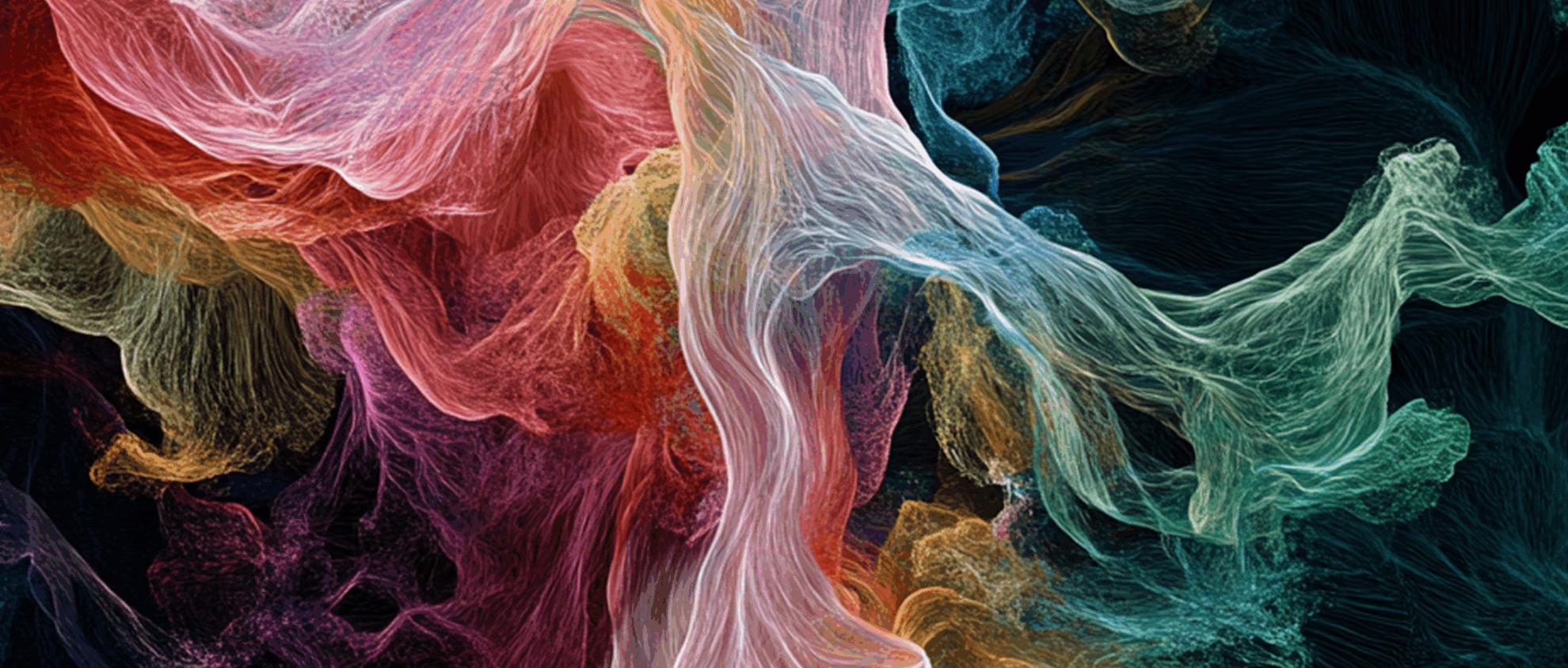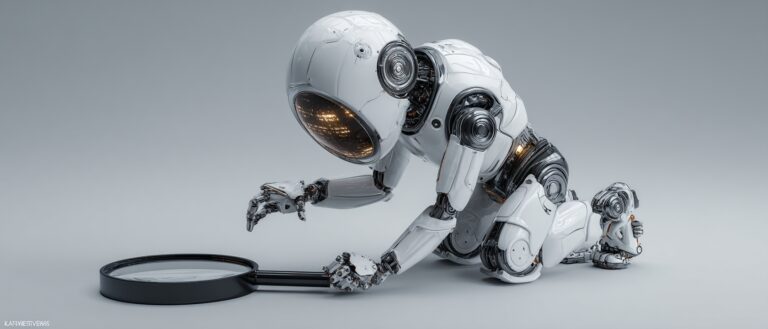Is he/she Faking his/her Smile? This Recognition Algorithm Can Tell
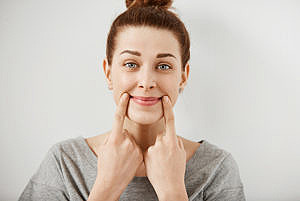
Fake smiles may have become an indispensable expression in the daily life and work of many adults. Perhaps out of politeness, embarrassment, or face, we often need a "fake smile" to ease the atmosphere. Researchers at the University of Bradford in the UK found that identifying fake smiles is helpful for both social and clinical sciences. They have developed a computational framework to identify "fake smiles" through artificial intelligence algorithms.
Have you ever receivedAn awkward but polite smile?
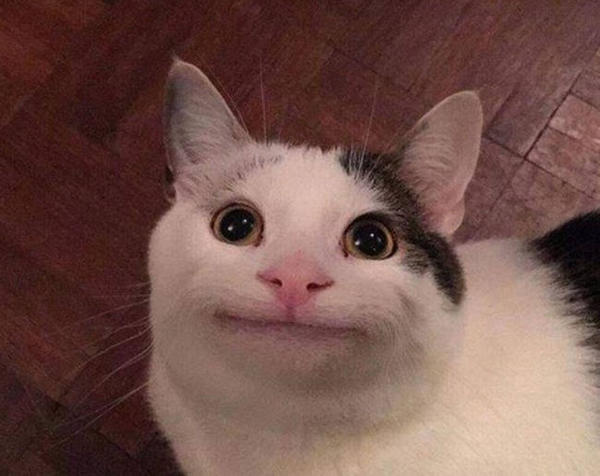
Although such a smile may look fake, it has a very powerful social effect.
Thanks for these Fake smile expression,Saved us countless times from the "most feared sudden silence of the air"Awkward ChatThey not only eased the awkward atmosphere, but also took care of the self-esteem of friends and restored their "indestructible" friendship.
Fake smiles become a global trend
Speaking of fake smiles,Fake smile boyIt must have a name. He should be called the "Originator" of this expression.
In 2014, a man named Gavin Thomas A little boy has attracted the attention of netizens at home and abroad because of a video of him holding a gecko on his head.
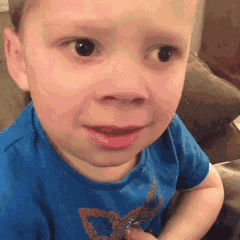
This was mainly because he wasNervous but forcing a smileThe expression on his face was very impressive. Chinese netizens nicknamed him "Fake Smile Boy".
After that, this "fake smile boy" with rich expressions gradually became popular all over the world. In July 2018, "fake smile boy" opened a Weibo account, and his fans instantly exceeded one million, becoming a "Son of the nation".
Professional fake smileWhat made him so popular was that he was sponsored by Peacebird, invited to China, and interviewed by GQ.
However, it is still easy to tell that the fake smile of the fake smile boy is fake. A "realistic" fake smile,Whether it's out of politeness, shyness, or embarrassment, can you tell the difference?

British researchers use computer vision to identify fake smiles
The definition of the word "fake smile" is: a smile made against one's will, which is commonly known asSmiling but not smiling.Judging "fake smile" is one of the categories of micro-expression analysis.
More than 150 years ago,There have been studies on scientific identification of "fake smiles".French neurologist Guillaume Duchenne once published a study pointing out that people use different facial muscles when they smile for real and fake smiles. He also asked a friend to do an experiment to verify this by observing the changes in facial muscles through photos of real and fake smiles.
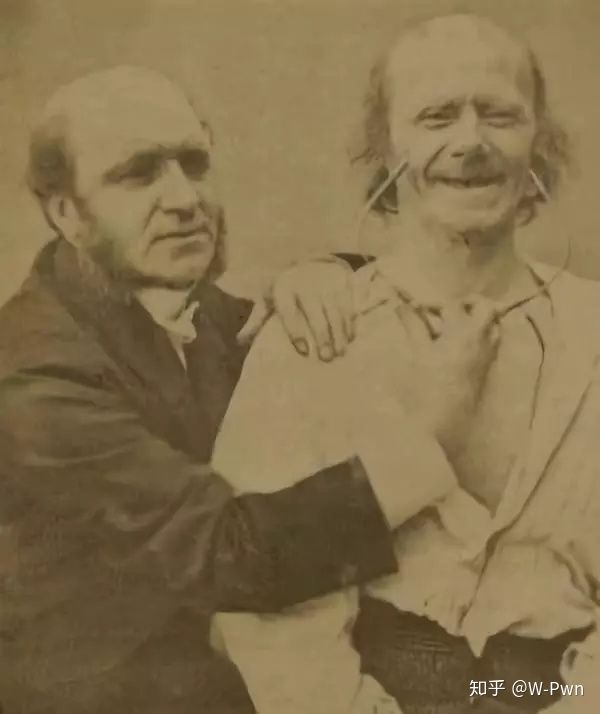
And now, withFacial Recognition TechnologyThanks to advances in technology, computers can now tell the difference between a real smile and a fake one.
University of Bradford, UKResearchers at the University of Bradford have developed facial analysis software that can detect fake facial expressions. Journal of Advanced Engineering Informatics("Advanced Engineering Informatics").
They developed aRobustness calculation mechanismTo study smiles, we analyze the precise changes in facial features when a person smiles.Weight distribution,To determine whether this expression is real.
The computational framework works in totalIn three steps:

Step one: facial recognition.Map a person's face from video recordings and identify their mouth, cheeks, and eyes.
Step 2: Key eigenvalues.The movements of these key parts are measured using an automatic algorithm (based on an adaptive optical flow algorithm to analyze brief smiles).
Step 3: Output analysis.The final output is a weighted measure of the motion of each facial feature and the difference in their movement between the real and fake smile videos.
During the test, the researchers used two differentDatasets CK+ and MUG,Among them, the MUG dataset contains pictures of people smiling sincerely; the other dataset CK+ contains pictures of various fake smiles.

Through analysis, the most important actions detected by its computational framework to distinguish between real and fake smiles are:Movement around the eyes.This is also the key point that has long been recognized to judge whether a smile is real or fake: a spontaneous, genuine smile can be seen in a person's eyes. For example, a real smile will often have half-closed eyes and wrinkles at the corners of the eyes; if the eyes are fully open and only the corners of the mouth are raised, it is likely to be a fake smile.
By comparing real and fake expressions, they found thatMouth and cheeksThere are significant differences in the way they move.Especially the movement around the subject's eyes,Showing the most noticeable change, a genuine smile moves these musclesIncrease by at least 10%.
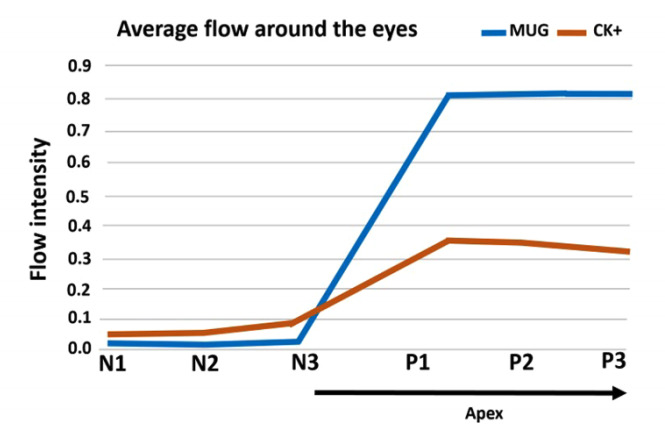
The results of the study show that the movement of facial features does follow a pattern in distinguishing fake smiles from real smiles, and the weight distribution of dynamic facial movements is significantly different between the two, especially the movement of the muscles around the eyes.
Hassan Ugail, Professor of Visual Computing at the University of Bradford, who led the research, explained: "When we smile, we use two main groups of muscles - theZygomatic and orbicularis oculi muscles.The zygomaticus is responsible for curling the corners of the mouth upward, while the orbicularis oculi is responsible for wrinkling around the eyes.”
"In a fake smile, only the mouth muscles move. However, we humans don't usually notice the subtle movements around the eyes.andSoftware can find it more reliably."
Professor Hassan Ugail said: “Technology for analysing human facial expressions has made huge advances in recent years, but distinguishing between genuine and fake smiles remains a challenge because we are not good at picking up on relevant cues.”
Identifying fake smiles is not a whim, but the important issue of biometric recognition. Such a system can identify human emotions (such as intentions to deceive) in a non-invasive way and can also grasp more biometric information.Human-computer interaction, intelligent security, social science and clinical psychologyThese research topics have advancing significance.
According to the team, in addition to smiles, this computational framework can also recognize other emotions. In the future, it will be able to be better applied to the recognition of humans and soft creatures.
Did someone give you a fake smile?
For scientists, this research can provide necessary help for the outcomes of people's quarrels, marital relationships, social relationships, emotional problems, etc.
For the general public, it can also come in handy. For example, using this algorithm, you can see through those who are wearing hypocritical masks and looking at you.A fake-smiling scumbag.
For example, on Chinese Valentine's Day yesterday, did the person who confessed to you smile at you sincerely or with a fake smile? You can also use this calculation framework to measure...
However, although "fake smiles" make people feel insincere, a study in 2012 showed thatFaking a smile is actually a good thing.Because even a fake smile can reduce stress and improve a person's mood.
So, whether you are happy or not, just smile fakely. Otherwise, you will get crow's feet if you really smile.
-- over--
